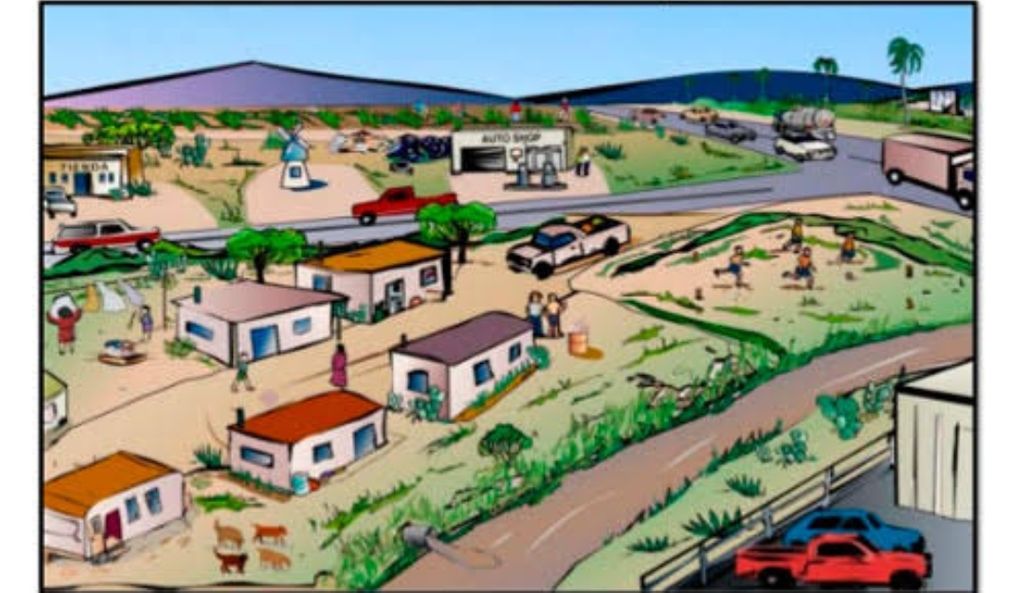Rural Development
Jun 05, 2019 • 105 views

India is a land of villages. In 2011 census report 68.84% of the population lived in villages and that is why, Mahatma Gandhiji said that development of its villages is the true development of India. However, even after 70 years of independence , the rural areas are scenes of deprivation and backwardness as nearly one-third of rural population lives in abject poverty. The development programmes and plans have failed to improve the socio- economic conditions of rural areas.
There is a wide spread feeling that the development strategies that the India government adopted after independence promoted industrial and urban development. The rural industries which were already decling in importance, further disintegrated due to the competition from modern industries. With agriculture being non- remunerative and employment not being regular , the rural people continued to migrate to cities. The liberalization and globalization policies depened these problems by promoting growth in industrialization, urbanization and service sectors.
Consequently, poverty has increased among the rural people who depend mainly on agriculture. Though 60% of the people work in the primary sector, the contribution from this sector to the national income is very less, and is declining over the years . Due to this, the gap between urban and rural areas is widening. In order to overcome this imbalance it is necessary to develop rural areas.
MEANING OF RURAL DEVELOPMENT
Rural development refers to a process of economic and social upliftment of rural areas. It may be defined as overall development of rural areas to improve the quality of life of rural people. It is an integrated process, which includes social , economic , political and spiritual development of the poorer sections of the rural society
Stagnation and slow growth of agriculture is the prime reason for rural backwardness and consequent poverty of rural people. Therefore, more rural non-farm activities need to be promoted which requires improvement in literacy and skills , health and sanitation, improvement of infrastructure like transport , power , communication, markets, credit etc. Further , for agricultural development , expansion of irrigation and land reforms also become crucial. Thus, rural development consists of a broad set of activities including improvement of literacy, health , infrastructure, land reforms and irrigation , apart from taking specific measure for ameliorating the conditions of the disadvantaged people in the rural areas. Hence, if we are to make a list of activities that are essential for rural development, then they are as follows

Development of human resources including: literacy, especially, female literacy, education and skill development. Health addressing both sanitation and public health.
Land reforms
Development of the productive resources of each locality.
Infracture development like electricity,irrigation, credit , marketing, transport facilities including construction of village roads and feeder roads, facilities for agriculture research and extension, and information dissemination
Specific programmes of alleviation of poverty.
